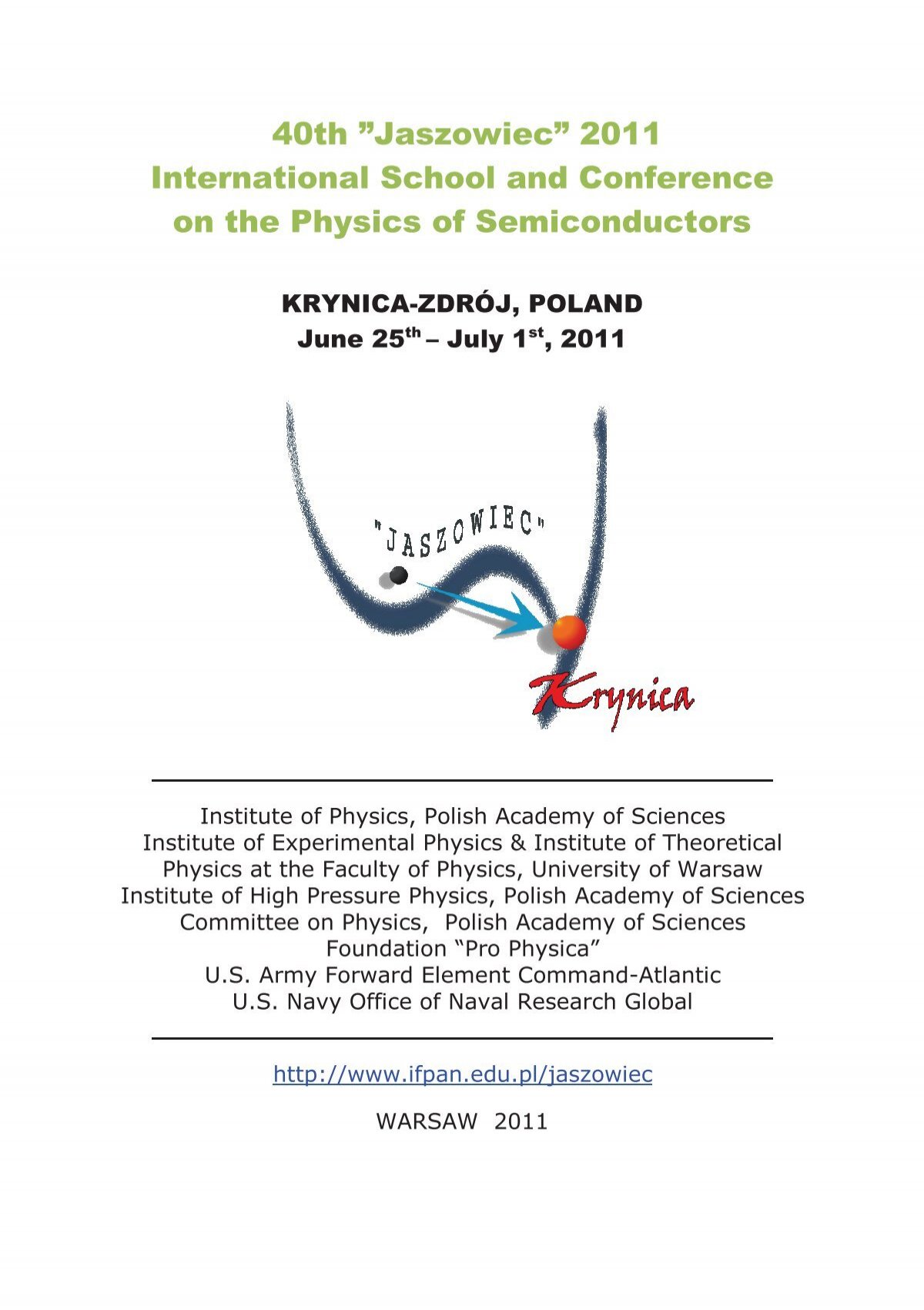
Galileo and the Struggle for Buoyancy: The Overlooked Influence of Floating Objects
Before the groundbreaking release of his Sidereus Nuncius in 1610, Galileo Galilei was primarily recognized as a regional academic—a mathematician of limited fame at the University of Padua, more noted for his dynamic discussions and flair than for any impactful scientific advancements. Although he had already conducted pivotal research on motion and gravity by that time, these findings remained uncirculated and thus mostly unknown within European scholarly circles. However, armed with a telescope and a significant celestial report, the Sidereus Nuncius propelled Galileo from modest recognition to widespread acclaim across Europe nearly instantaneously. His detailed examinations of the Moon, stars, and particularly the moons of Jupiter, established him as the foremost astronomer of his era.
Refusing to confine himself solely to the field of astronomy, Galileo quickly entered into an intellectual contention that would challenge the established Aristotelian dogma regarding a distinct topic: the physics of floating bodies. Although this chapter in Galileo’s career is frequently eclipsed by his astronomical findings and his subsequent Inquisition trial, it provides crucial insights into the progression of scientific understanding and the sociopolitical environment of early modern science.
Galileo at the Royal Court: Notable Mathematician or Intellectual Clown?
Galileo’s swift ascent granted him esteemed positions, including the role of court philosopher and mathematician to the Medici in Florence. His duties involved captivating the court with witty debates and scientific discussions—intellectually engaging performances designed to elevate Medici standing.
One such engagement resulted in Galileo’s inaugural publication following his astronomical achievements: the Discorso intorno alle cose che stanno in su l’acqua, o che in quella si muovono (Discourse on Bodies that Stay Atop Water, or Move in It), released in 1612. Although often overlooked in the Galileo bibliography, this work signifies a pivotal moment in the ongoing Renaissance revival of Archimedean science and the challenge to Aristotelian natural philosophy.
Archimedes vs. Aristotle: A Scientific Confrontation
The actual dialogue that spurred the book took place during a private intellectual gathering at the residence of Fillipo Salviati—who would later feature as a character in Galileo’s subsequent Dialogo. The conversation centered on the behavior of ice floating on water. Aristotelian scholars Vincenzo di Grazia and Giorgio Coresio posited that ice floated because of its shape. Galileo, invoking Archimedean concepts, contended that floating pertained to specific weight (mass relative to volume) and thus reflected a material’s true density: ice, being less dense than water, floated.
However, the somewhat arcane salon debate swiftly morphed into a public intellectual uproar when Lodovico delle Colombe, a notable Aristotelian critic of Galileo, confronted the physicist with a “counter demonstration.” Colombe asserted that a flat piece of ebony—denser than water—could float due to its form, directly opposing Galileo’s viewpoint. Unbeknownst to them, this occurrence was, in fact, a result of surface tension, a phenomenon not yet comprehended.
Despite efforts to facilitate a public demonstration to clarify the issue, the occasion descended into allegations of absence and avoidance, culminating in Colombe taking his experiment to the public, embarrassing Galileo through demonstrations and mockery. Beneath this spectacle lay deep-seated animosity: conservative Aristotelians resented a “mere mathematicus” attaining court prominence.
Cosimo II Steps In: Science as Courtly Performance
Galileo’s benefactor, Cosimo II de’ Medici, was displeased with this indecorous dispute. Aiming to elevate the conversation to a more respectable venue, he arranged an intellectual entertainment following a luncheon, wherein Galileo and Pisan professor Flaminio Papazzoni debated the matter of buoyancy at court. Both participants received backing from influential church figures—Galileo from the future Pope Urban VIII (then Cardinal Maffeo Barberini) and Papazzoni from Cardinal Ferdinand Gonzaga.
The debate functioned more as a spectacle than a rigorous academic inquiry. Galileo, cognizant of the potential peril in Florence—more exposed than Venice to the scrutiny of the Roman Inquisition—diplomatically published his reply in written form.
The Discourse on Floating Bodies: A Subdued Yet Significant Contribution
Released in two versions in 1612, Galileo’s Discourse on Floating Bodies adopted a more educational tone than the contentious circumstances surrounding its inception might imply. It primarily served as a textbook on hydrostatics from a staunchly Archimedean viewpoint. Galileo judiciously refrained from naming his contemporary adversaries, instead directing his critiques at the deceased Francesco Buonamici, a well-respected Aristotelian philosopher and a presumably safe target.
The book outlined Archimedes’ buoyancy theory and delved further into hydrostatic phenomena.